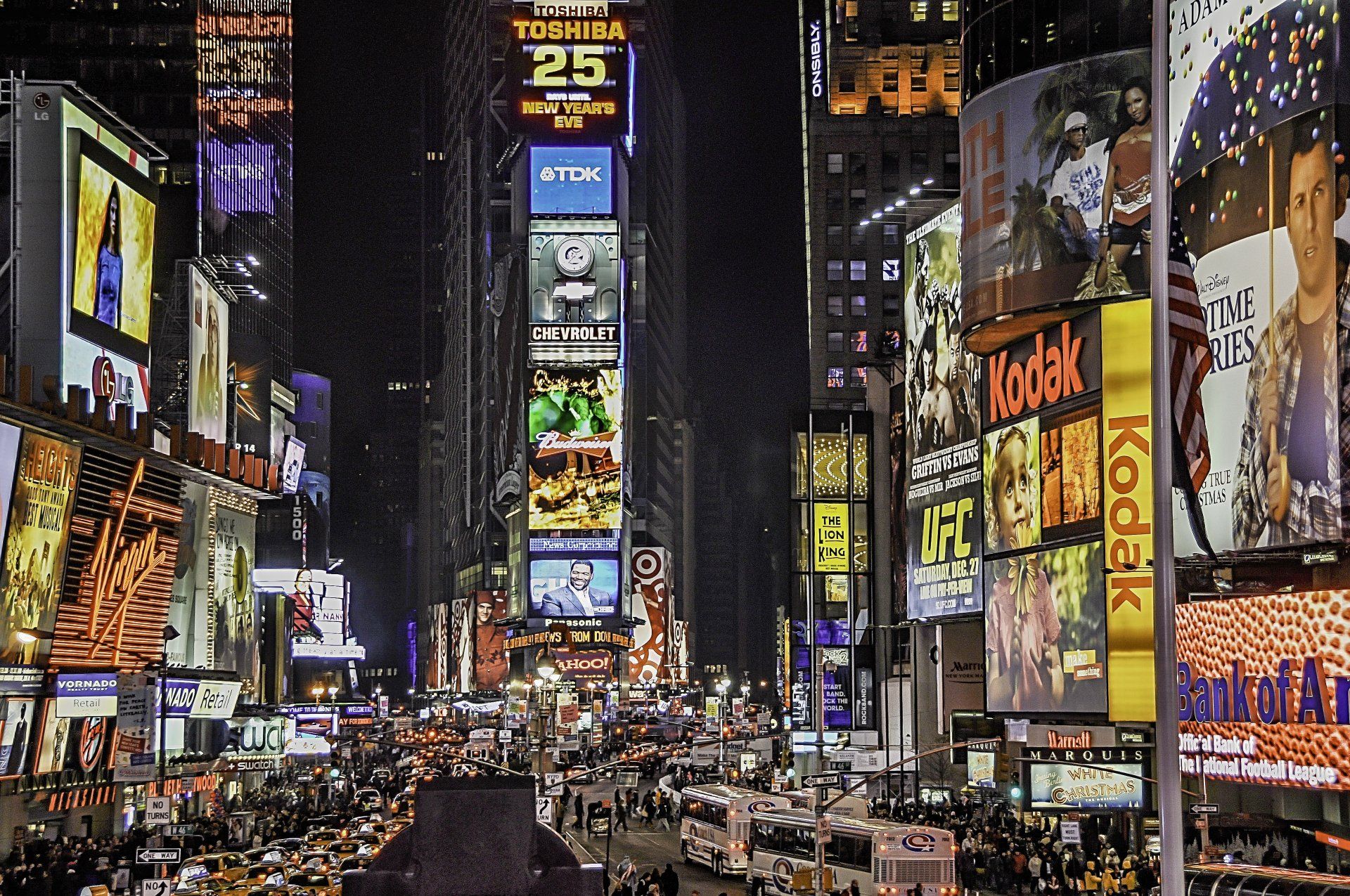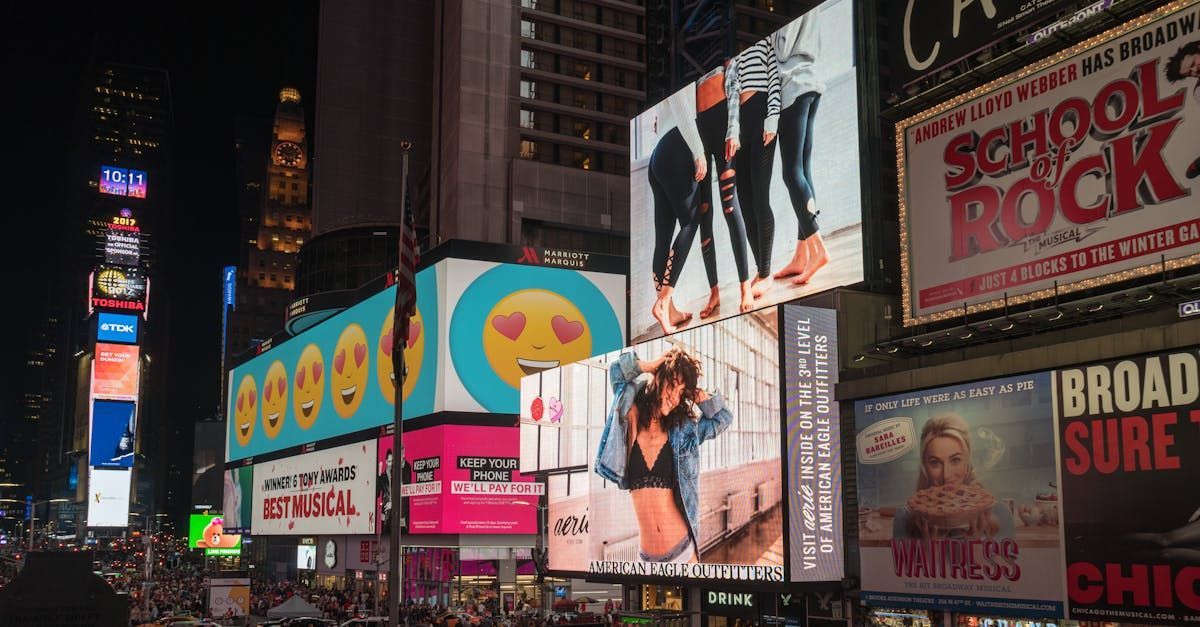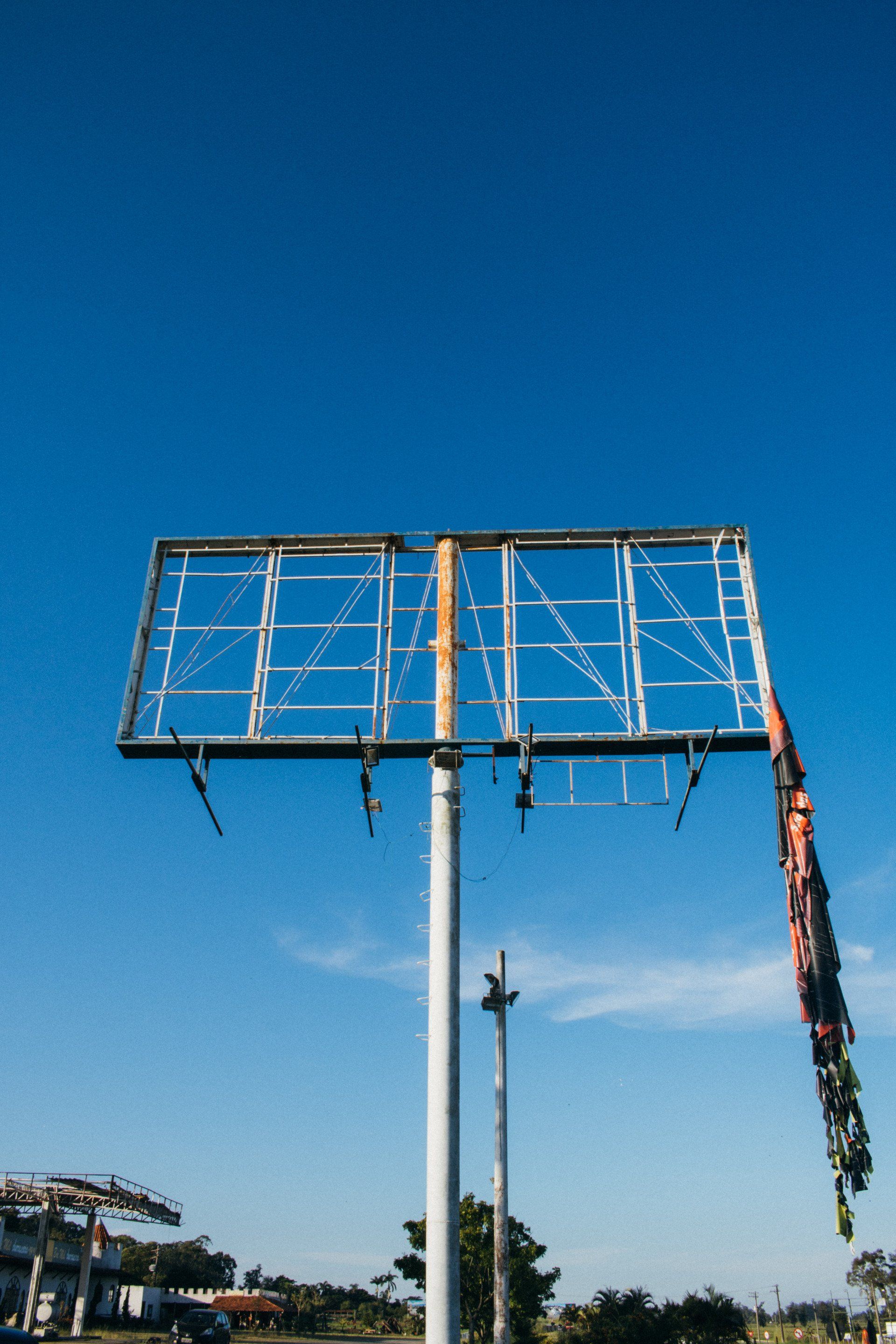August 17, 2024
Understanding Low-Quality Website Placements: Types, Impact, and Examples . The quality of website placements is a critical factor that can determine the success or failure of a display campaign. Low-quality website placements not only waste advertising budgets but can also harm a brand’s reputation. In this article, we’ll explore the different types of low-quality website placements, analyze their characteristics, and discuss their impact on digital advertising. 1. Made-for-Advertising (MFA) Websites Made-for-Advertising (MFA) websites are created primarily to generate revenue through advertising rather than to provide valuable content or services to users. These sites often have a high ad-to-content ratio, meaning the majority of the webpage is dominated by ads rather than meaningful content. Common tactics include clickbait headlines, rapidly refreshing ads, autoplay videos, and poor navigation that forces users to click through multiple pages to access content. Examples: Gossip and Speculative Sites: Websites filled with sensationalist content or speculative gossip often fall into this category. These sites may tarnish a brand’s reputation by associating it with unreliable or scandalous content. Health MFA Sites: These websites spread misinformation about health topics and can mislead consumers, eroding trust and potentially leading to legal repercussions for associated brands. Coupon and Deal Sites: These sites lure users with discounts but often dilute brand value by promoting a constant bargain-hunting mentality. Impact: MFA websites have a detrimental impact on advertising effectiveness. Ads placed on these sites often receive low engagement and high bounce rates, as the primary intent of the site is to maximize ad impressions rather than user satisfaction. Furthermore, these placements can lead to wasted ad spend, with estimates suggesting that MFA sites account for 21% of impressions and represent 15% of ad spend in programmatic advertising. 2. AI-Generated Junk Websites With the advent of AI, a new breed of low-quality websites has emerged. These sites are filled with AI-generated content that is often riddled with errors, irrelevant, or completely nonsensical. These websites are designed to attract programmatic ads by creating a large volume of content quickly and cheaply. Despite their low quality, they often escape detection due to the sheer volume and sophistication of their content generation methods. Examples: AI-Generated News Sites: Some sites use AI to produce hundreds of articles per day, many of which are of extremely low quality or contain harmful misinformation. These sites may even feature fake author bios and AI-generated images to appear legitimate. Content Farms: Websites that churn out massive amounts of AI-generated content to attract ads are increasingly common. These sites often rely on programmatic advertising to generate revenue, making them a significant concern for advertisers. Impact: The proliferation of AI-generated junk websites is a growing problem in digital advertising. These sites not only waste advertising budgets but also contribute to a lower-quality internet experience, potentially harming brand trust. The use of AI makes these sites harder to detect, exacerbating the problem. 3. Copycat Websites Copycat websites mimic the appearance and functionality of legitimate sites, but their sole purpose is to divert traffic and generate ad revenue. Fake news websites, on the other hand, spread misinformation under the guise of legitimate news. Both types of sites often have poorly designed templates, generic content, and an excessive number of ads. Examples: Copycat Sites: These sites might replicate the design of popular e-commerce or informational websites to confuse users and capture ad revenue. For example, a fake version of a popular news site might trick users into thinking they are on a legitimate platform. Impact: Advertising on copycat and fake news websites can lead to significant brand safety issues. Brands risk being associated with false information, which can lead to consumer distrust and potential legal challenges. Additionally, these sites often generate low engagement and poor ad performance. 4. Hyper-Political, Controversial and Fake News Websites Websites that focus on highly political, controversial, or inflammatory content are considered unsuitable for most brands. These sites may be safe in terms of avoiding explicit content, but the association with polarizing topics can damage a brand’s image, thus making them a brand-safety issue. Examples: Hyper-Partisan News Sites: These sites focus on extreme political views and are often associated with divisive or misleading content. Advertising on such sites can lead to backlash from consumers who do not share the site’s views. Controversial Content Sites: Websites that focus on scandalous or shocking content, even if not explicitly political, can be equally damaging for brands. These sites often use sensational headlines to attract clicks, but the content is usually of low quality and not aligned with most brand values. Misinformation Sites: Websites that deliberately spread false information, often for political or financial gain, also fall into this category. These sites can severely damage a brand’s reputation if ads appear alongside misleading or harmful content. Impact: Advertising on hyper-political or controversial websites poses significant brand safety risks. Consumers may associate the brand with the extreme views or content found on these sites, leading to a potential loss of trust and customer loyalty. Additionally, such placements often result in ineffective ad spend, as the content may not resonate with the brand’s target audience. Conclusion Low-quality website placements are a persistent challenge in digital advertising. From MFA websites designed solely for ad revenue to AI-generated junk sites and hyper-political content, these placements can drain advertising budgets, harm brand reputation, and reduce the effectiveness of campaigns. As the digital landscape evolves, it becomes increasingly important for advertisers to scrutinize their placement strategies, leveraging tools like AI-driven analysis and allowlists to ensure that ads appear in suitable, high-quality environments. By understanding and avoiding these low-quality placements, brands can protect their integrity, optimize their ad spend, and achieve better overall results.









